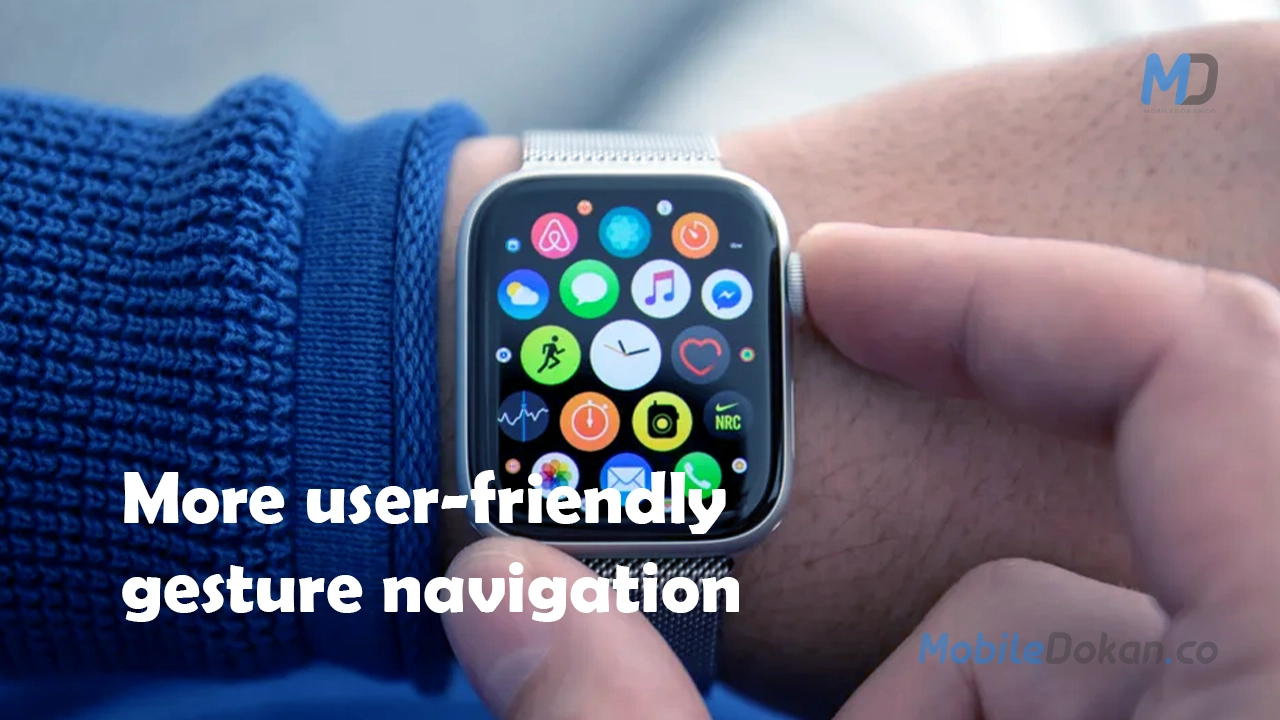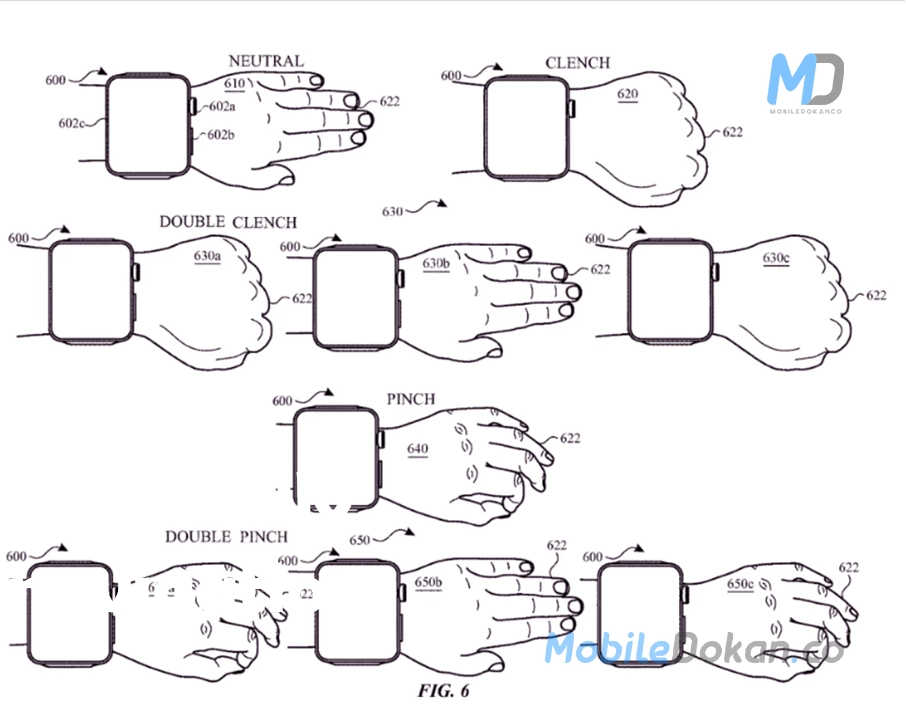Another Apple patent may lead to more user-friendly gesture navigation. The United States Trademark and Patent Office (USPTO) recently awarded Apple a patent to enhance the user experience across all its product lines.
Apple’s aim to improve interactive experiences using gesture navigation user interfaces is demonstrated in the US 20230195237 A1 patent. The tech giant wants to maximize battery life, minimize cognitive load, and streamline user interactions across its wide range of devices, including the iPhone, iPad, Apple Watch, and Mac, to address the shortcomings of current interfaces.
Another Apple patent may lead to more user-friendly gesture navigation.
By stressing the complexity of everyday devices, Apple’s inventive patent questions the status of gesture navigation as it now exists. According to the patent summary cited by IT Home, Apple thinks that many current gesture interfaces need to be simplified, necessitating several clicks that waste user time and negatively affect battery life on mobile devices.
The patent suggests a novel system combining screen-generating components with optical sensors to provide quicker and more effective gesture navigation techniques. Apple wants to give consumers a simple, smooth interaction experience by enhancing or replacing traditional gesture navigation interfaces.
Fewer taps and swipes will directly translate to better power management on the device
The reduced cognitive burden for users will lead to a more effective human-machine interface as the ultimate aim. This gesture navigation strategy has important implications for battery-powered devices in addition to improving the user experience.
Apple hopes to realize power savings through these techniques and interfaces, thereby prolonging the battery life of its products. The patent significantly influences how people interact with their Macs, Apple Watches, iPhones, and iPads. Customers can anticipate an even more user-friendly and simplified experience across their preferred devices as Apple develops and improves its user interfaces.

